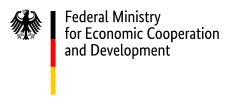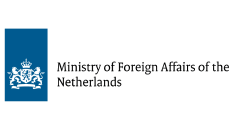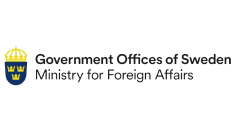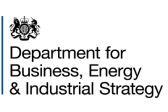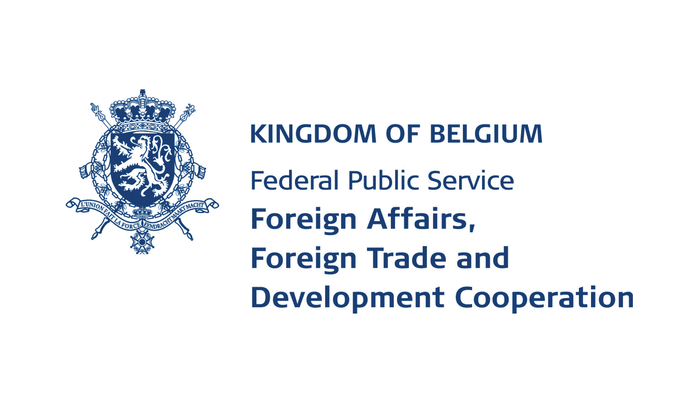Supply side solutions

Development partners, institutions and private investors each have their own priorities, requirements and processes to identify investment projects and provide funding to such projects. These are challenging to navigate for countries due to limited capacity and expertise. Financiers need to be more accessible, transparent and consistent in their approaches and requirements. Finance suppliers are all looking (and sometimes competing) for viable projects to invest in. There is a greater need than ever to deploy limited public finance to make projects viable to attract the billions and trillions of private-sector investments required. The Partnership supports this by doing the following:
- Identifying funding opportunities
- Aligning processes
- Engaging the private sector
Identifying funding opportunities
The Partnership offers several tools to help countries keep track of funding opportunities. Through the Climate Funds Explorer on our website, countries can identify and navigate multilateral and bilateral funds. In addition, our Climate Finance Bulletin, to be launched in late 2022, will share timely announcements on funding windows to country members as they become available. At the same time, we strive to provide potential financiers with critical information to engage them in discussions on project and program opportunities from our member countries.
Partnership Highlights
Supporting countries in clearly identifying and tracking funding opportunities is essential for them to reach their climate goals. The Partnership’s work in this area varies in type, scale and location. For instance, in Saint Lucia, we have supported the development of a comprehensive finance strategy which has laid the groundwork for the country to explore different funding opportunities in an effort to meet its NDC and other climate-related goals. Likewise, in Sudan, the Partnership worked with the government to identify targeted mitigation measures and potential sources of funding to fulfill them.
On a larger scale, the African Union, in collaboration with several Partnership members, launched a comprehensive Green Recovery Action Plan (GRAP) to help member countries recover from the COVID-19 pandemic without compromising their climate ambitions. With support from the United Kingdom, the Partnership is supporting the GRAP thematic area on increasing finance flows, efficiency and impact of funding.
Aligning processes
Countries need support to navigate the various requirements, budget cycles and processes of different partners providing finance. The Partnership is working with financiers to help ease and align processes to make funding more widely accessible and fostering greater alignment between partners’ country programming strategies and the NDC Action Plans developed by countries.
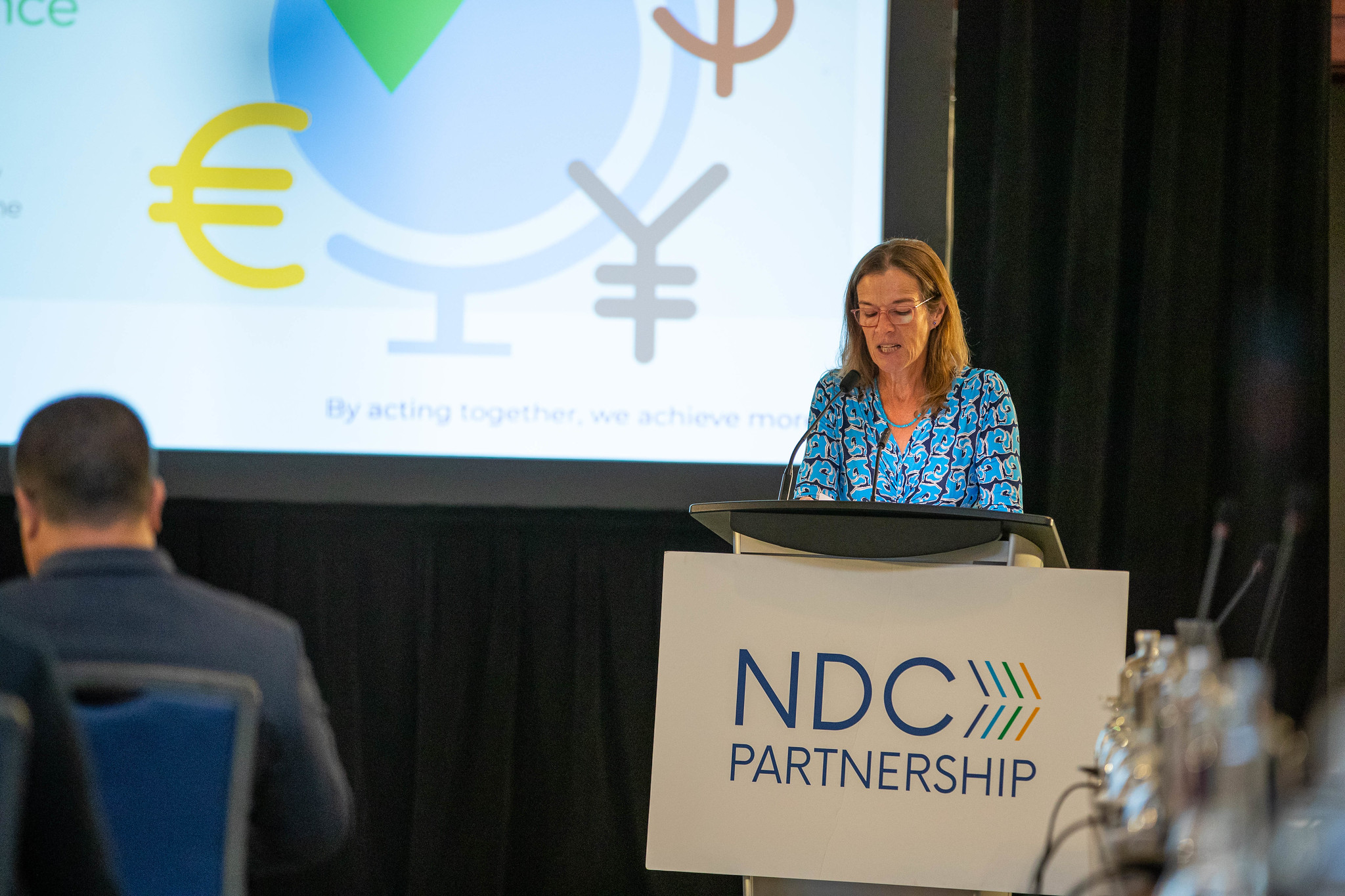
Partnership Highlights
The Partnership’s efforts, to date, have focused on engaging with members and helping them better target their support to countries, building on existing processes and identified priorities. For instance, the Partnership has coordinated closely with the Germany-, Denmark-, European Commission- and United Kingdom-funded NAMA Facility Ambition Initiative to ensure that country Partnership Plans are leveraged to promote global cooperation. This has helped ensure the NAMA Facility remains a simple, clear and transparent process, building off existing work. NAMA-supported projects must demonstrate a high level of alignment with Partnership Plans where they exist.
Several developed country members, including Denmark, Germany, the Netherlands, the United Kingdom and the United States, have made strides in aligning their country programming strategies with NDC Action Plans. This coordination has been driven through country headquarters, disseminating information and resources to their country offices and embassies to enable them to more efficiently program support in line with priority country needs, coordinated through the Partnership.
Efforts are also underway to utilize Partnership processes to strengthen complementarity between global programs. For instance, the GEF and GCF are seeking to strengthen their long-term vision on complementarity and collaboration by leveraging the Taskforce on Access to Climate Finance (a COP26 outcome), starting with Rwanda as a pioneer country.
In Chad, the government asked the Partnership for support to revise its NDC in concert with their National Adaptation Plan to better align Chad’s climate action with sustainable development goals. Aligning these processes will help the country to attract funding from multiple sources, taking a more programmatic approach to climate action. In Benin, we are supporting the alignment of the country’s green recovery efforts and its climate goals, as well as helping mainstream climate into national and subnational budgets.
Finally, the Partnership has also been working in multiple countries to help them understand how gender equality has been mainstreaming into several financing platforms, improving their understanding of the processes and opportunities to strengthen their funding proposals.
Engaging the private sector
To mobilize necessary finance, the Partnership facilitates exchange and dialogue with the private sector. We do this to both highlight developing country needs and priorities and seek private-sector feedback and engagement in our work with countries in implementing their NDCs. Such engagement focuses on opportunities for the private sector to support NDC investment planning as well as advance innovative solutions, investment models and partnership frameworks for developing and financing NDC-aligned projects in member countries.
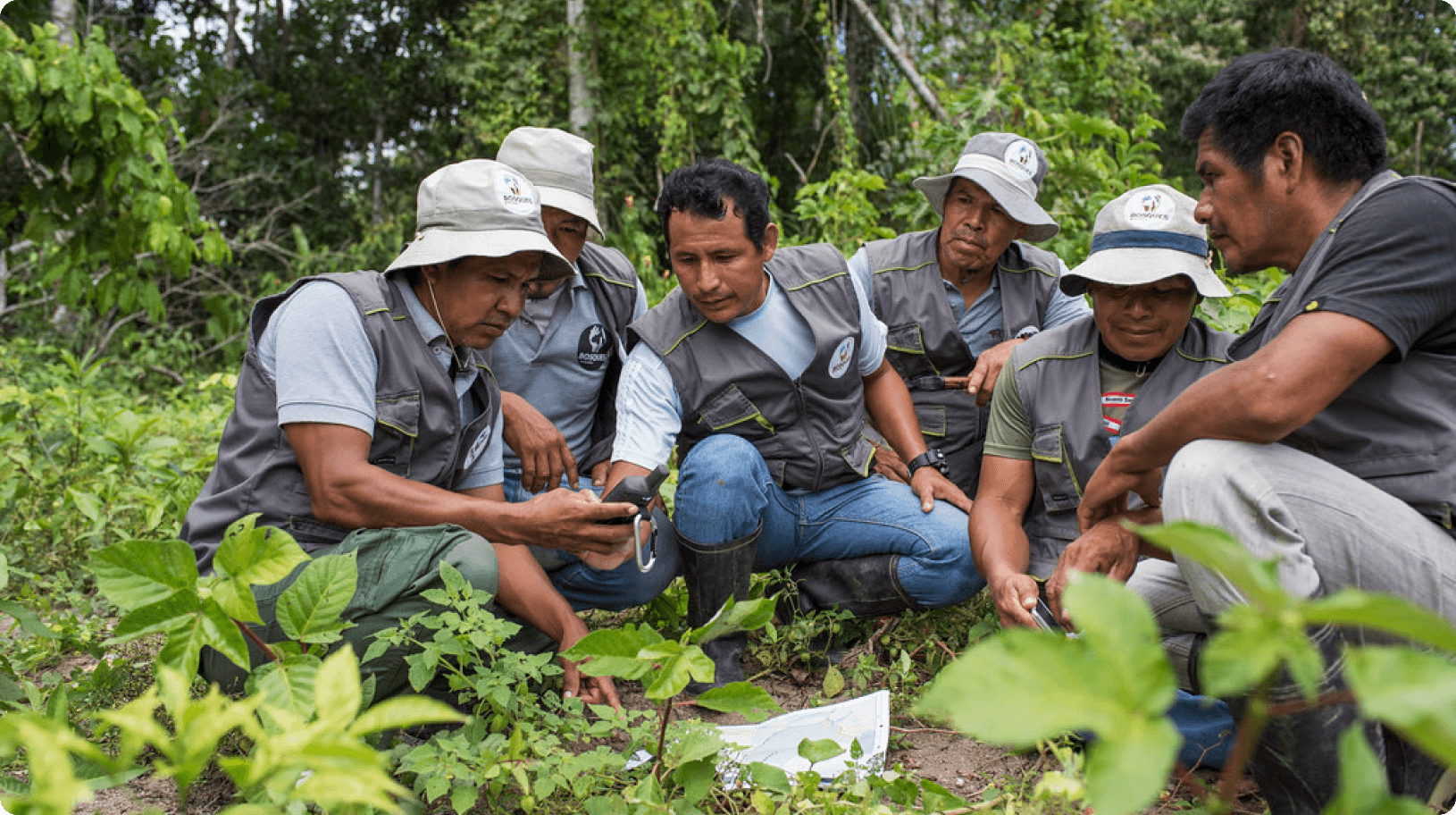
Partnership Highlights
Private-sector engagement is playing an increasingly prominent role in the Partnership’s work, and we expect it to continue to grow in the near future and beyond.
In 2022, the Partnership’s Support Unit invited over 30 investors and financiers to discuss the Partnership’s Finance Strategy and exchange feedback on how developing countries can better assess private-sector expectations and requirements for mobilizing climate finance. Participants included some of the largest investors representing institutional investors, commercial banks, private equity funds, developers and impact investors. Participants shared their key insights on how to improve NDC investment planning and generate a pipeline of prioritized projects, the importance of blended finance platforms and specific challenges investors face around investment risks, measuring and monitoring climate impact and the need for further upstream support both on enabling environments and early-stage project preparation.
At the country level, we are expanding our development of Project Information Notes (PINs), including for prioritized projects in Cote d’Ivoire and Rwanda, which serves as a tool to attract investment to the projects. As a response, the United Nations Industrial Development Organization (UNIDO) is working with both countries to attract financing to low carbon projects in the private sector.
In Latin America and Caribbean, the Partnership, through the Climate Action Enhancement Package (CAEP) initiative, supported the development of frameworks for private-sector engagement, public awareness campaigns and public-private partnerships for the achievement of NDC goals.
In 2022, the Partnership expanded our work with the government of Fiji — with funding from the United Kingdom — to scope development of a Pacific Energy Access Fund, a private-sector-led funding facility focused on renewable energy projects. Finally, in Zimbabwe, the Partnership, through the United Nations Development Programme (UNDP), has been catalyzing investments in climate and renewable energy through engagement with the government and private sector.
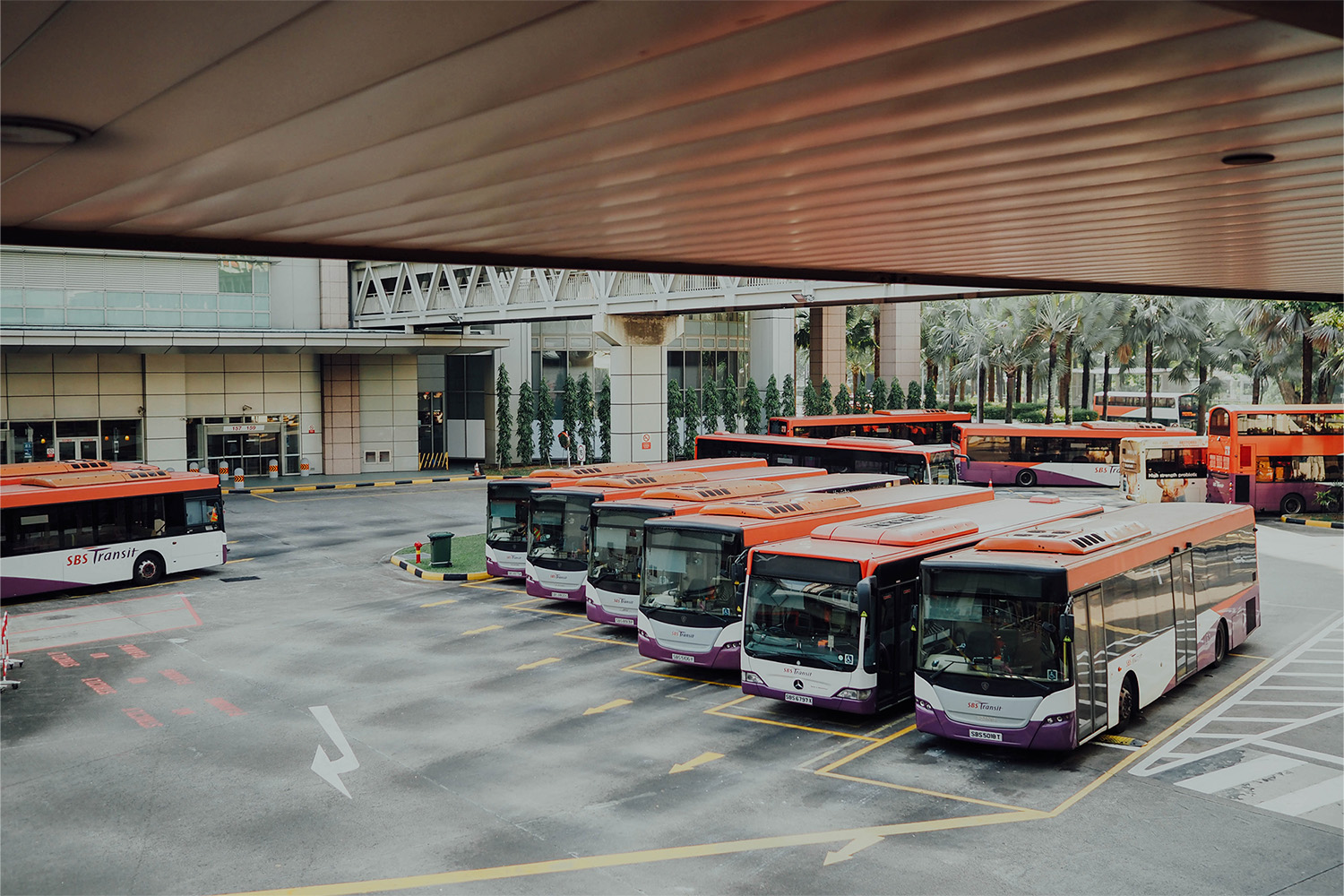
Bridging the gap
Even with stronger enabling environments and policy structures, greater capacity in developing countries and greater alignment and information, a gap remains. The Partnership is helping to bridge this gap.
Read More
